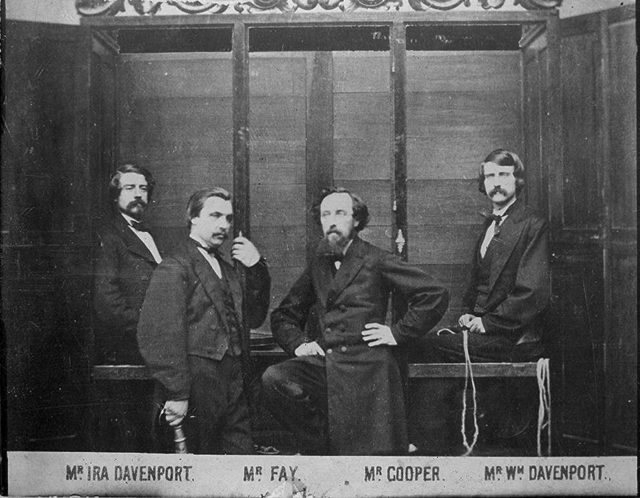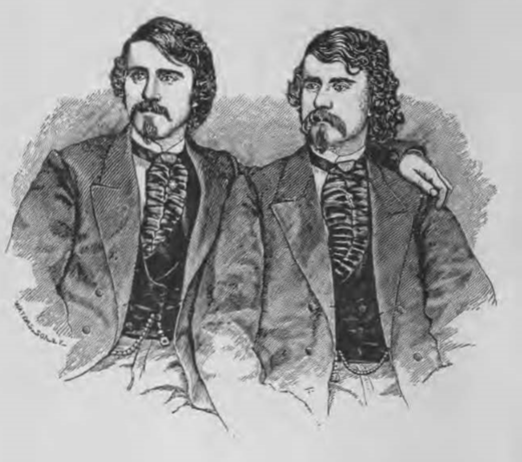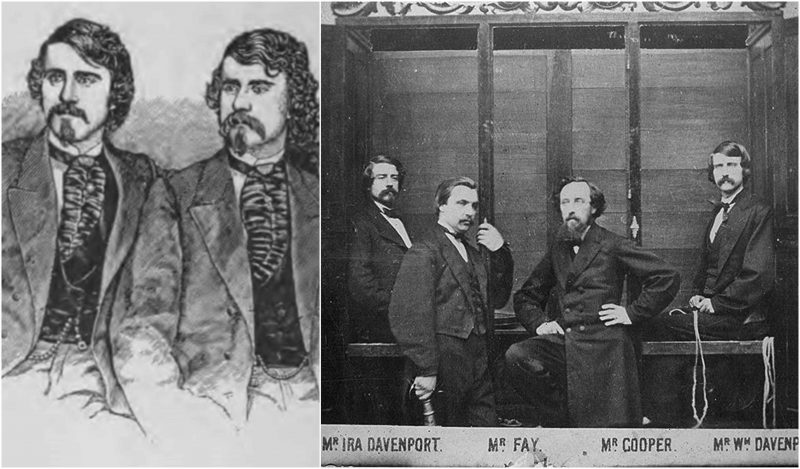The inevitable passage of time has tantalized human minds for centuries, making them wonder whether there is something beyond current existence. This natural, almost instinctive, drive toward finding out about life beyond the grave has created many believers in various religions to seek answers. There’s hardly anyone who hasn’t heard a story about a mystic man or woman who possesses an ability to communicate with the spirits of the long departed.
These persons, frequently referred to as “spiritualists,” suggest the afterlife is a dynamic place where our spirits carry on. Moreover, they believe that the spirits can offer the living guidance and wisdom. When reviewing the subject of talking with the dead in the 19th century, it can be said that although it was almost endemic in most cultures, America records a particularly large amount of spiritualist activity.
As a movement, it reached its peak between the mid-1800s and the early 1900s. This movement flourished in a Protestant environment, so it demonstrated numerous similarities with Protestantism, although the two are quite different. According to spiritualists, the afterlife is a place where each spirit can progress and elevate its essence, relieved of the Christian belief that people must nourish and determine their faith during their lifetime in order to assign their souls to Heaven.
When the Civil War ended, spiritualism was warmly welcomed by many people who found reason and salvation in its philosophy. One possible explanation of this is that Americans sought the possibility of new purpose and justice after death–something that presumably the traditional religion failed to offer. Family size decreased in 19th century industrialized America, which put more value on the fate of the deceased, especially children. Additionally, the religious pluralism and increased familiarity with the world’s religions challenged beliefs.
Enter two intriguing individuals who were greatly dedicated to the spiritualist practice, the Davenport brothers.

William Henry and Ira Erastras Davenport were sons of an upstate New York policeman who was highly curious about occult stories of spirit rapping. The interest in mysticism ran in the family, as the sons decided to try a session in their home. Reportedly, they got unexpected results. In the words of the brothers’ friends, who heard the story from Ira, their younger sister levitated around the room. The family sought out their own spirit guide to accompany them on this extraordinary journey and found John King. King inspired the Davenports brothers to engage in public performances.
Another sensational act by the brothers was a dark séance onstage in which they involved audience members in order to extinguish any doubts about their validity. The brothers were tied to a table and the lights were off. Suddenly, ghostly forms appeared onstage, floating about the table. When the lights came on again, the brothers would be bound to the same spot. The act created debate among spiritualists and critics.

Some considered it real evidence of spirit phenomena while others saw it as mere trickery. The brothers themselves would always say that it’s up to the audience to decide what’s it all about. Some examiners of their acts and tricks revealed that the key to the great Davenport secret was a natural ability to extricate themselves from the knots by twisting and flexing their limbs; as soon as the ropes were loosened, they could be slipped off.
The sudden death of William in 1877 marked the end of the Davenports’ act. Ira built an impressive memorial in his honor that contained carvings of their spiritualistic trademarks: the cabinet, the rope, and other similar props. After his brother’s death, Ira decided to retire from the business. In the following years, the magician Harry Houdini interviewed Ira, who declared that their public status as mediums was never deliberately established. He explained that they considered themselves as beings with supernatural powers which coincided with the spiritualist heyday, so they decided to take a chance on performances while allowing the public to think what they pleased.
Houdini found out that the Davenports easily got rid of the ropes by rubbing oil on their hands. He took on some of the brothers’ best acts and used them in his own performances.

Moreover, he discovered that during private performances, they ran a string through the buttonholes of the sitters, preventing any member from the audience from approaching their Spirit Cabinet. Their excuse to the audience regarding this was that it was necessary in order to prevent collusion.
People carried on believing that the Davenports were spirit mediums despite any disclosures, and some of them even acknowledged their acts as the creation of miracles. Interestingly, this type of claim was supported by the media, as the records of the London Post show:
“The bells were loudly rung; the trumpets made knocks upon the floor, and the tambourine appeared running around the room, jingling with all its might. At the same time, sparks were observed as if passing from south to west. Several persons exclaimed that they were touched by the instruments, which on occasion became so demonstrative that one gentleman received a knock on the nasal organ which broke the skin and caused a few drops of blood to flow.”
Ira Davenport died in 1911.
